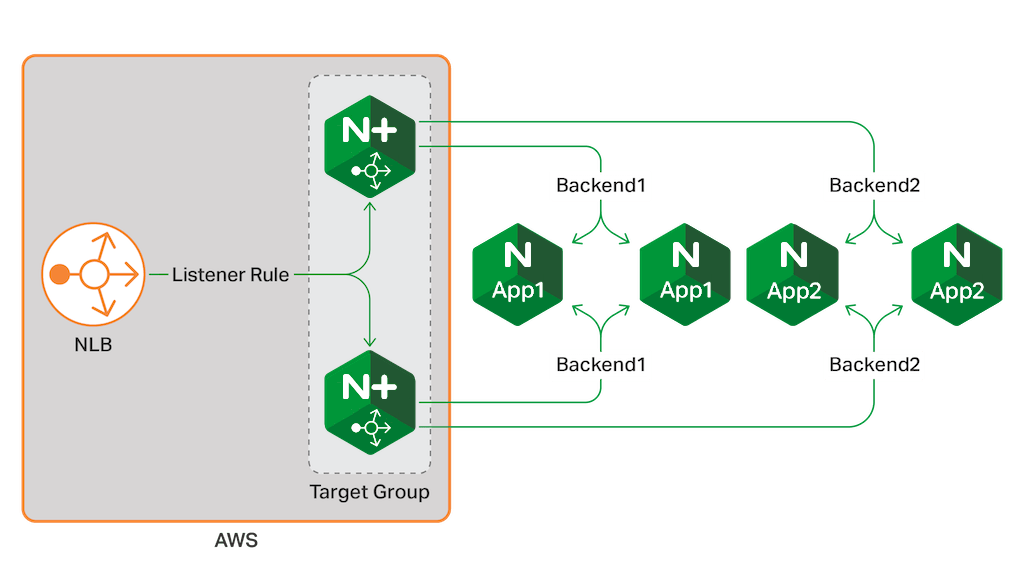Aws Nginx: A Comprehensive Guide
If you’re looking to host your website on Amazon Web Services (AWS), using Nginx as your web server can be a powerful choice. Nginx is known for its high performance, stability, and scalability, making it a popular choice for managing web traffic. In this comprehensive guide, we’ll walk you through the process of setting up Nginx on AWS and optimizing it for peak performance.
Setting Up Nginx on AWS
The first step in using Nginx on AWS is to launch an EC2 instance. You can choose the Amazon Linux AMI as your base image, which comes pre-installed with Nginx. Once your instance is up and running, you can connect to it via SSH and start configuring Nginx for your specific needs.
Configuring Nginx for Performance
Once Nginx is installed, there are several key configuration changes you can make to improve performance. These include optimizing server blocks, enabling gzip compression, and setting up caching to reduce load times for your website visitors.
Scaling Nginx on AWS
If your website experiences high traffic volumes, you may need to scale your Nginx setup on AWS to handle the load. This can be accomplished by setting up a load balancer to distribute traffic across multiple Nginx instances, ensuring that your website remains responsive even during peak periods.
Securing Nginx on AWS
Security is a top priority when hosting a website on AWS. You can enhance the security of your Nginx setup by configuring SSL certificates, implementing firewalls, and regularly updating Nginx to patch any known vulnerabilities.
Monitoring Nginx on AWS
It’s important to monitor the performance of your Nginx setup on AWS to ensure everything is running smoothly. You can use tools like CloudWatch to track key metrics such as CPU usage, memory usage, and request rates, allowing you to identify and address any issues before they impact your website’s performance.
Conclusion
Hosting Nginx on AWS can provide you with a powerful and scalable web server solution. By following the steps outlined in this guide, you can set up, optimize, scale, secure, and monitor your Nginx setup on AWS effectively, ensuring that your website remains fast, secure, and reliable for your visitors.
- Set up Nginx on AWS by launching an EC2 instance
- Configure Nginx for optimal performance
- Scale Nginx on AWS to handle high traffic volumes
- Secure Nginx on AWS by implementing security best practices
- Monitor Nginx performance on AWS using CloudWatch
